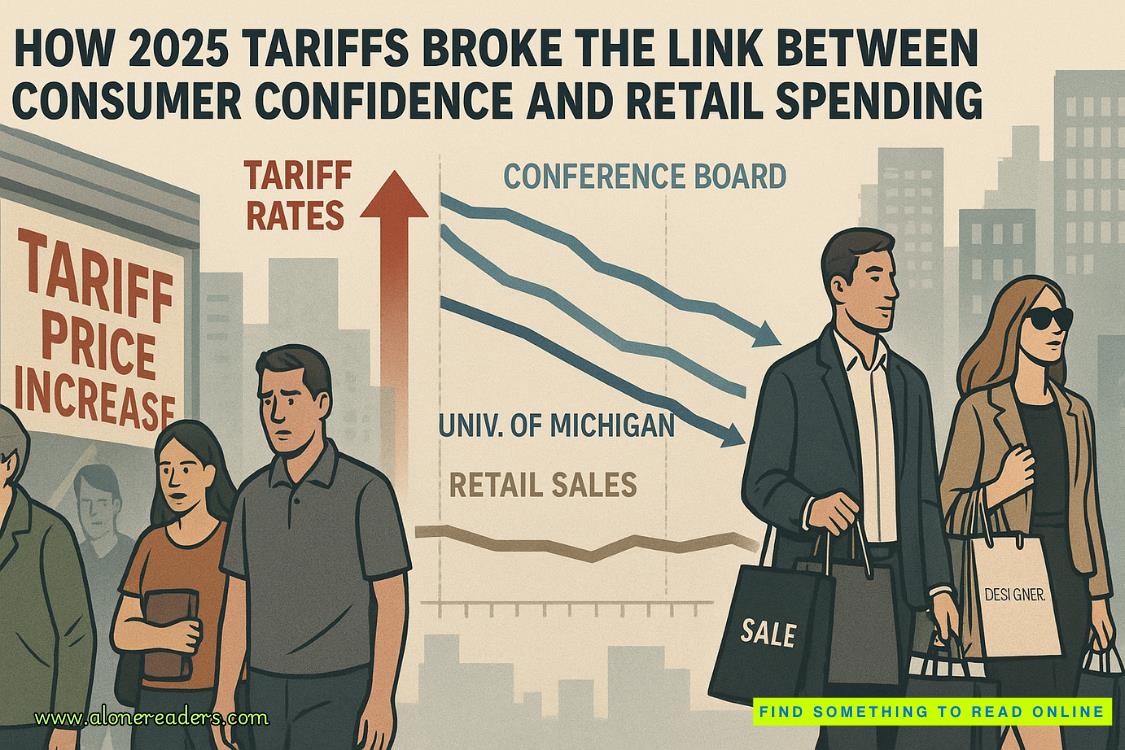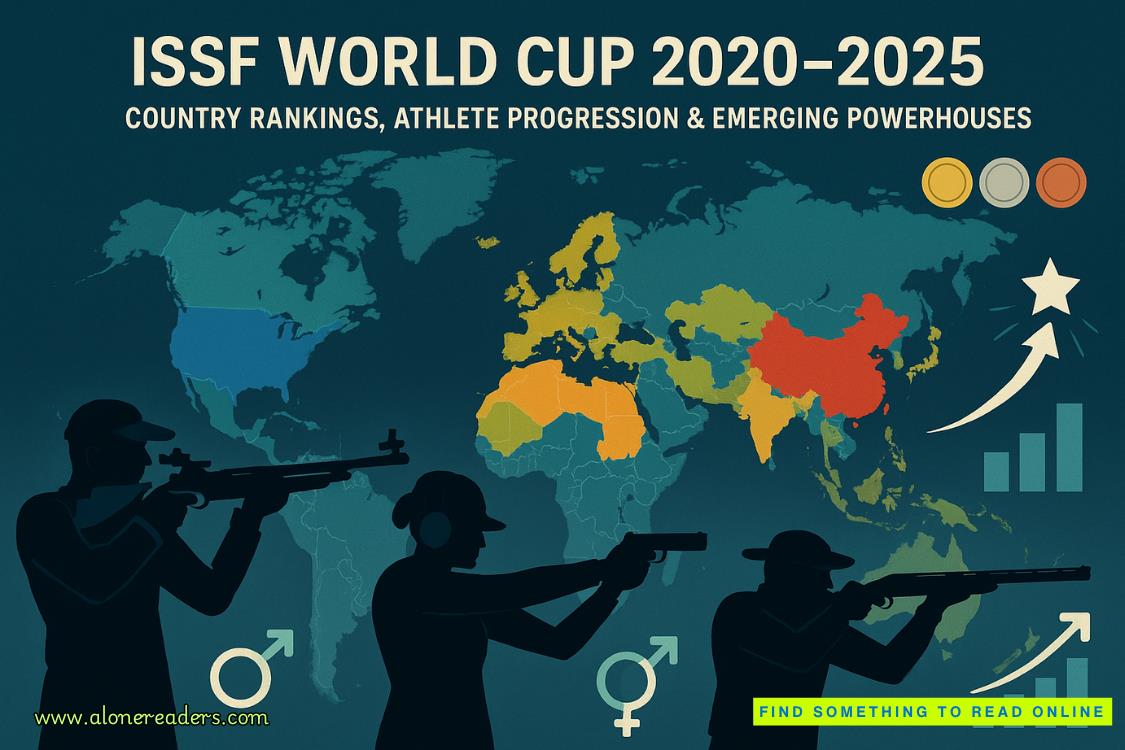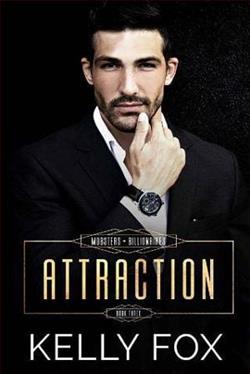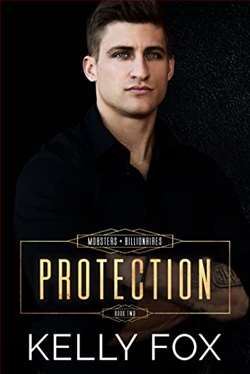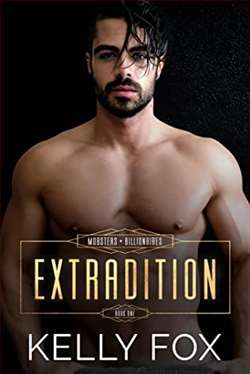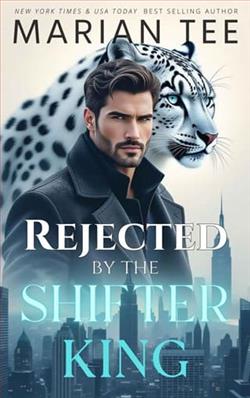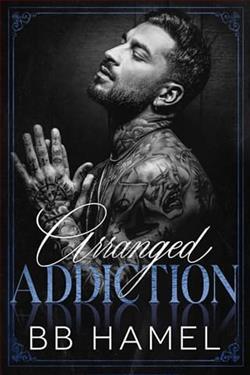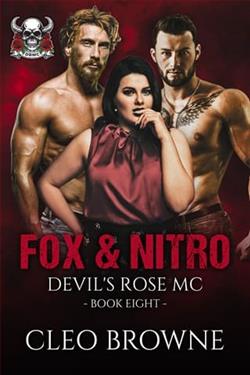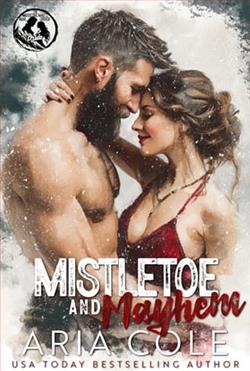Page 73 of The Last Days of Marilyn Monroe
On July 12, Marilyn joins Kennedy and Peter Lawford for dinner at Puccini. Frank Sinatra and Lawford co-own the Beverly Hills restaurant, where menus and matchbooks are illustrated with their famous faces. Kennedy’s is soon blushing with embarrassment. He’s run his hand so far up Marilyn’s leg that he’s made a discovery. There’s truth in the rumor that she prefers to go without underclothes.
On July 13, the Kennedy campaign surges forward, steamrolling the competition, among them Texas senator Lyndon B. Johnson and Adlai Stevenson, the party’s losing candidate in 1952 and 1956.
His triumph assured, Kennedy addresses the delegates. “With our devotion to this country, we wish to keep it strong, and we wish to keep it free. It requires at this critical time the best of all of us. And I can assure all of you who have confidence in me that I will be worthy of your trust, that we will carry the fight to the people in the fall, and we shall win!”
Like every director who chose Marilyn for a role, Kennedy has a momentous casting decision to make as he selects his vice-presidential running mate.JOHNSON IS NOMINATED FOR VICE PRESIDENT; KENNEDY PICKS HIM TO PLACATE THE SOUTHtheNew York Timesreports of Kennedy’s selection on July 14.
The Coliseum holds one hundred thousand people, and the space is filled to capacity on July 15 as Kennedy and Johnson accept their nomination at the top of the ticket. “The New Frontier is here whether we seek it or not,” the new party leader intones in a speech that electrifies the audience.
The energy carries late into the night at a private celebration at the beach house on 625 Palisades Road. Marilyn is among the attendees, escorted by Kennedy pal Sammy Davis Jr. Tonight, the man of the hour treats Marilyn like the star she is. They drink and dance and retire to the pool house in the pink light of dawn.
CHAPTER 50
TRUMAN CAPOTE DEMANDS that Marilyn Monroe be cast as Holly Golightly inBreakfast at Tiffany’s,the film that director Blake Edwards is adapting.
Capote wrote the novella more or less envisioning his good friend Marilyn as Holly, a charming socialite-escort, describing the character as having “strands of albino-blonde and yellow hair” and “large eyes, a little blue, a little green.”
Marilyn, Shirley MacLaine, and Audrey Hepburn are all shown the script. Paula Strasberg strongly advises Marilyn, who is desperate to escape “dumb blonde” stereotypical roles, to pass on the part, convincing her that it would damage her reputation to play a “lady of the evening.”
MacLaine also passes. “I turned it down because I didn’t want to have to worry about my weight to be able to wear all those outfits and do all those fittings,” she says. “I also didn’t think it was a very good script.”
Hepburn has concerns of her own, worrying, “This part called for an extroverted character. I am not an extrovert … Itcalled for the kind of sophistication I find difficult. I did not think I had enough technique for the part.”
Capote makes his case to studio executives, but he loses. “Paramount double-crossed me in every way and cast Audrey,” he complains, though it is a small victory that the film will be the first ever shot on location at the famous Fifth Avenue jewelry store.
In Reno, Nevada, the desert sun beats down relentlessly, pushing the thermometer over the 100-degree mark as filming begins onThe Misfitsin July 1960.
When her plane lands in Reno, Marilyn hangs back, waiting for the crowds to disperse. She waits half an hour in the heat, preparing herself, adjusting the wig Whitey Snyder has suggested she wear to hide the diminished state of her natural hair. Years of bleaching have destroyed it, and during the filming ofLet’s Make Loveit became impossible to work with. In this oppressive heat, the hairpiece only adds to her discomfort.
Marilyn checks in to her sixth-floor suite in the Art Deco–style Mapes Hotel, one of the few in Reno with its own casino and nightclub. The studio has rented air-conditioned Cadillac limousines to drive Marilyn and Paula Strasberg to set.
Onto a dry lakebed outside Reno steps Marilyn, costumed by designer Jean Louis in a white sundress printed with a cherry pattern. Her skin and hair are so pale and luminous that she does not look of this world. The awestruck crew watch her rehearse with Paula Strasberg, the acting coach clothed in her traditional all-black outfits despite the heat.
But the crew’s infatuation doesn’t last. Soon they take tocalling Paula “the Witch” or “Black Bart” and wondering of the perpetually absent star, “Is Marilyn working today?” A pattern emerges: Whitey and his co-workers make “a beeline for the bar at the end of the day to offset the horrors and the heat of the day,” he says. Then they’d “wake up in the morning with screaming headaches, hoping to God Marilyn would be late again.”
Miller’s script follows wide-eyed divorcee Roslyn Taber, who forms a business capturing wild horses with a hard-bitten trio of cowboys: gambler Gay Langland, former pilot Guido Racanelli, and ex-rodeo rider Perce Howland. Miller calls it “a story of three men who cannot locate a home on the earth for themselves and, for something to do, capture wild horses to be butchered for canned dog food; and a woman as homeless as they, but whose intact sense of life’s sacredness suggests a meaning for existence.”
Marilyn’s emotional temperature is a mix of pain, misery, and exhaustion. Her affair with Yves Montand has left her hurt, her affair with Jack Kennedy makes her feel used, and her husband Arthur Miller is barely speaking to her.
Yet she can’t deny that the Pulitzer Prize–winning Miller and Oscar-winning Huston have secured stellar co-stars—Clark Gable, the King of Hollywood, as Guy; Montgomery Clift, the three-time Academy Award nominee forThe Search, A Place in the Sun,andFrom Here to Eternityas Perce; and Marilyn’s Actors Studio pal Eli Wallach as Guido.
Miller spends every night rewriting the script. It’s the first screenplay he’s ever written, and he lacks confidence in it.
“It’s supposed to be a Western, but it’s not, is it?” Gable asks Miller.
“It’s sort of an Eastern Western,” Miller replies. “It’s about our lives’ meaninglessness and maybe how we got to where we are.”
Will Marilyn’s character end up with Gable or Clift? To Marilyn, her husband’s indecision is a sad indictment of their marriage. In the script she recognizes far too many lines of dialogue from arguments that the two of them have had.
But there’s one burden she alone must carry.She was “Marilyn Monroe” and that was what was killing her.
The Misfitsis Marilyn’s twenty-ninth film. Fourteen years have passed since she first signed with Fox in 1946, and more than a decade since John Huston first directed Marilyn inThe Asphalt Jungle. That shoot was in 1949, before Marilyn’s stardom, before the Method, before the pills took over.
Here in Reno, the set doctor has refused to write her any more prescriptions, but there’s a local doctor who comes to her hotel suite to inject the Amytal she craves to help her sleep.
The effects of medication and alcohol show in her face. Huston has chosen black-and-white film to convey the bleak Western location. Now he adds a soft-focus lens to hide the wear to Marilyn’s features and reluctantly resigns himself to her late starts. “Sometimes we’d wait the whole morning,” he says.
When the director looks into Marilyn’s glassy eyes, he estimates she’s taking twenty Nembutal a day, downing the capsules with vodka or champagne. The sedation is so extreme that Whitey Snyder must do her makeup while she’s lying flat rather than seated in a chair.




